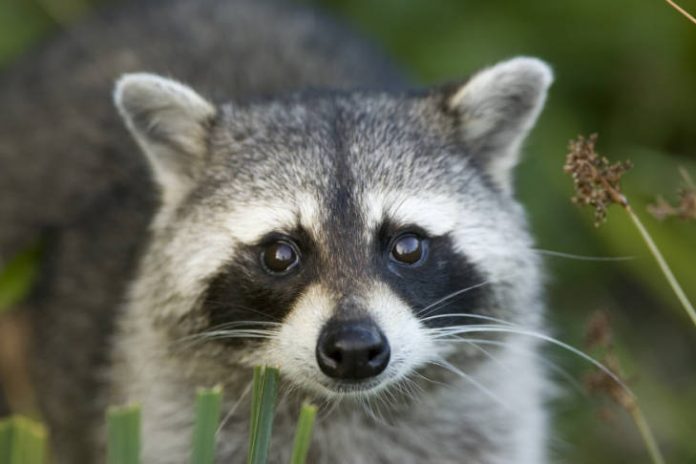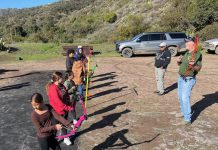
Stowaway raccoons endanger delicate island ecosystem
Catalina Island Conservancy got the call on an early August morning: a raccoon had been spotted at a cove in the wildlands by observant residents. Wildlife Biologist Emily Hamblen immediately sprang into action.
“This is one of the greatest risks to our threatened fox population and something we had to act on as fast as possible,” she said.
Though people may think that one raccoon may not be a concern, the delicate island ecosystem of Catalina proves otherwise.
Raccoons are not native to Catalina Island. They can carry many diseases that pose a threat to local and endemic species as well as humans. You may recall hearing about canine distemper virus, which caused a massive decline in the Catalina Island fox population in the late ’90s. The virus, introduced by a single racoon, nearly wiped out the endemic fox species.
In addition to canine distemper virus, raccoons have also been known to carry rabies, salmonella, roundworms, Leptospira, giardia and E. coli, all of which can be transmitted to other species and people.
“As we saw with canine distemper virus, one unassuming stowaway can devastate an entire population,” said Hamblen.
Upon hearing of the most recent sighting, the raccoon was removed from the interior within 24 hours. The unwelcome guest was then sent to the California Animal Health & Food Safety Laboratory at University of California, Davis, to undergo testing for the aforementioned diseases.
“We got very lucky this time,” Hamblen said. “The tests all came back negative, ensuring no lasting impact to our native species. The dangers these non-native animals carry is one of the reasons we continue to monitor and vaccinate hundreds of foxes each year.”
Raccoons hide on boats and swim to Catalina’s shores more often than you may think. On average, the Conservancy is alerted to this threat once every other year.
“Some people may not realize that Catalina Island does not have any raccoons at all, and so when the animal swim to land they can introduce novel diseases that our wildlife is unable to survive. This is very dangerous for the Island,” she added.
Boaters can help by checking their vessel thoroughly before setting off for the Island to ensure that no unwelcome visitors are aboard. If they do spot a raccoon mid trip, the most responsible thing to do is turn around and deposit the animal back in its local environment.
If you see a raccoon on Catalina Island, take a photo, record as much location information as possible and alert the Catalina Island Conservancy immediately at 310-510-1299 x232.










